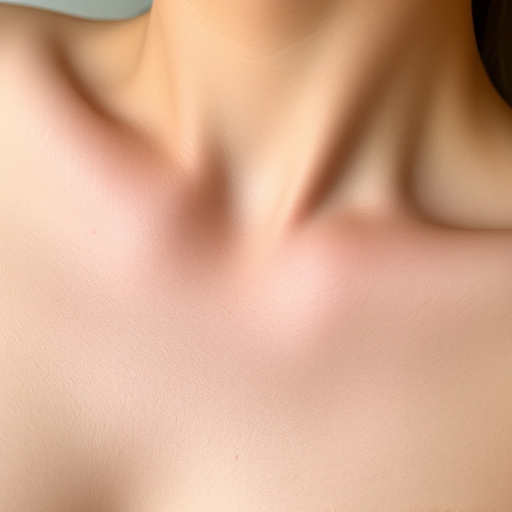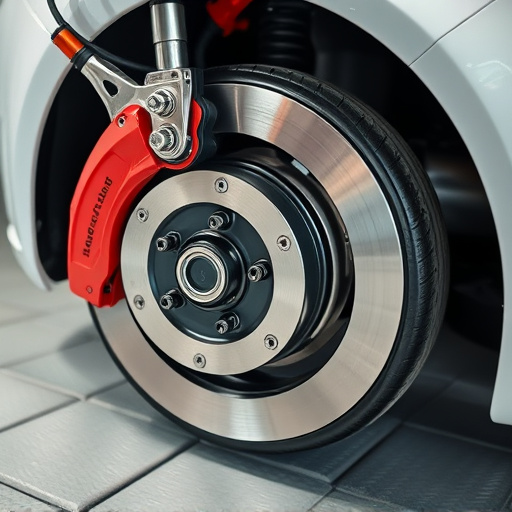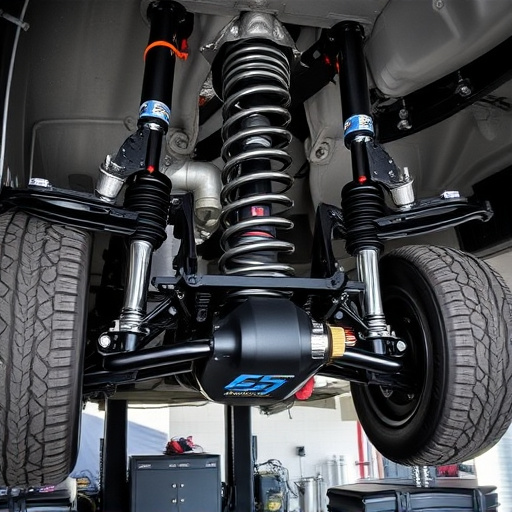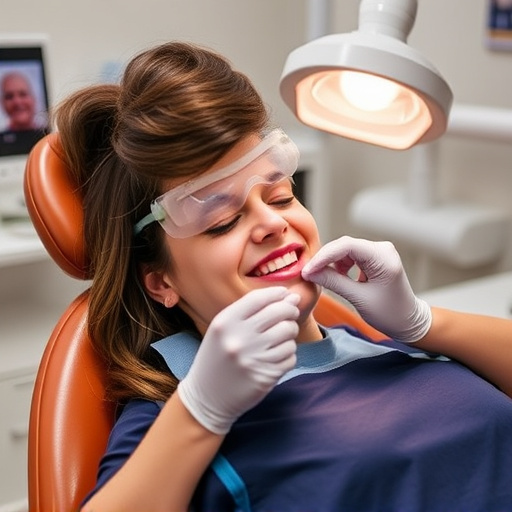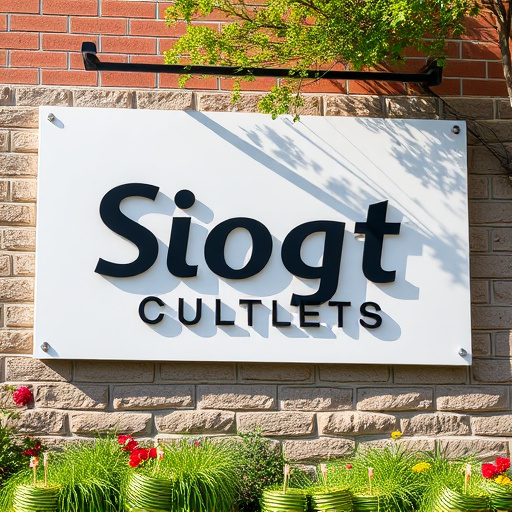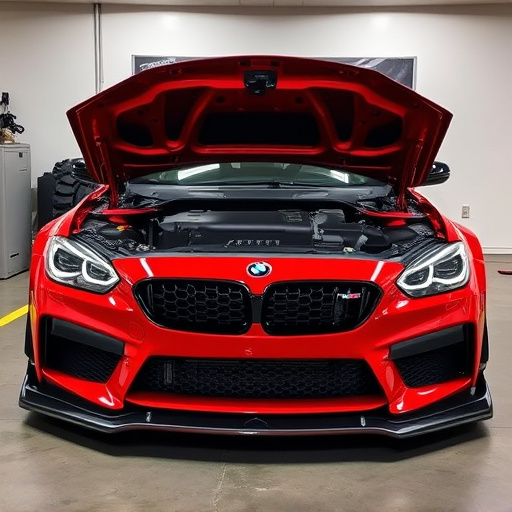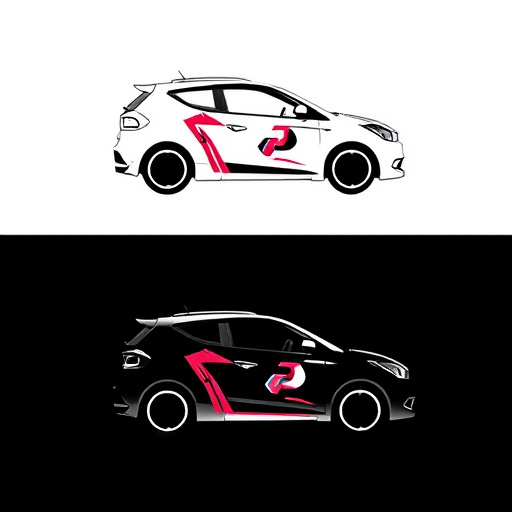Proper preparation of a vehicle's exterior is vital for successful ceramic coating application. This includes a thorough cleaning using specialized agents and microfiber cloths to remove contaminants, grease, and wax. Surface repairs are necessary to fix chips or cracks, ensuring the coating adheres well for durable protection and enhanced aesthetics. Inadequate cleaning or overlooking surface defects can lead to weak bonds, reduced effectiveness, and an uneven finish.
“Unleash the Power of Ceramic Coating: Avoiding Common Pitfalls in Application
Ceramic coatings offer unparalleled protection, enhancing durability and aesthetics. However, a myriad of mistakes can plague the application process, leading to suboptimal results. This article guides you through the critical areas of ceramic coating application, from surface preparation to post-application care. By understanding and avoiding common errors, including inadequate cleaning, incorrect techniques, and neglectful curing, you’ll ensure your coatings deliver exceptional performance.”
- Preparation and Surface Readiness
- – Inadequate surface cleaning and preparation
- – Overlooking necessary surface repairs and treatments
Preparation and Surface Readiness

A common pitfall in the ceramic coating application process is inadequate preparation and surface readiness. Before applying any coating, it’s crucial to thoroughly clean and inspect the vehicle’s exterior. This involves removing all contaminants, dirt, grease, and wax from the surface, as these can lead to an uneven finish or even prevent the coating from adhering properly. A proper pre-treatment includes using specialized cleaning agents and microfiber cloths for a deep clean, followed by a deionized water rinse to ensure no residue remains.
Additionally, the surface must be free from any defects like chips, cracks, or paint imperfections. Repairs and touch-ups are often necessary before coating to create a smooth base. This step is vital in achieving a durable, glossy finish that enhances the vehicle’s appearance, protects it from elements, and adds value through premium automotive services, such as ceramic window tinting. Remember, a well-prepared surface is key to a successful ceramic coating application, ensuring long-lasting results for your vehicle enhancement efforts.
– Inadequate surface cleaning and preparation
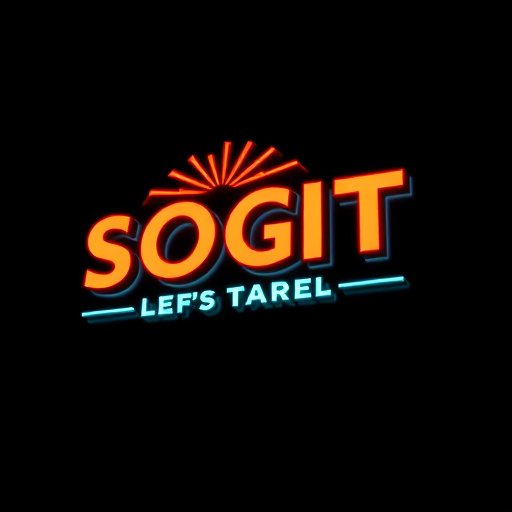
One of the most common mistakes in the ceramic coating application process is inadequate surface cleaning and preparation. Before applying any protective coatings, it’s crucial to thoroughly clean the surface to remove contaminants like grease, dirt, dust, and oxidation. Failure to do so can result in a weak bond between the coating and the substrate, leading to premature failure and reduced effectiveness of the ceramic coating. This initial step is often overlooked but plays a significant role in achieving optimal performance during heat rejection processes commonly associated with ceramic coatings.
Inadequate surface preparation not only compromises the adhesion of the coating but can also affect the overall aesthetics. Proper cleaning involves using specialized solvents, degreasers, or abrasive techniques to ensure the surface is free from any residues or imperfections. This meticulous process creates a clean slate, allowing the ceramic coating to form a strong and durable bond, enhancing its protective qualities and providing the best possible outcomes in terms of heat rejection and other desired properties.
– Overlooking necessary surface repairs and treatments

One common oversight during the ceramic coating application process is neglecting essential surface repairs and treatments. Before applying any protective coating, it’s crucial to address any defects or imperfections on the vehicle’s paintwork. This includes fixing scratches, dents, and minor damage that can affect the coating’s adhesion and overall performance. Skipping these preparatory steps may result in an uneven finish or early degradation of the ceramic coating.
Proper surface preparation is key to achieving optimal results with ceramic coatings, which are known for their durability and protective properties, such as heat rejection and paint protection. Effective treatments involve processes like paint correction to ensure a smooth base, allowing the ceramic coating to bond seamlessly. Remember that even if you apply the best ceramic coating available, poor surface conditions can undermine its effectiveness, so taking the time for necessary repairs is an integral part of the application process.
When applying ceramic coatings, paying meticulous attention to surface preparation is paramount. Common mistakes like inadequate cleaning and overlooking crucial repairs can lead to suboptimal results. To ensure a durable and glossy finish, proper surface treatment and meticulous cleanliness are essential steps in the ceramic coating application process.

